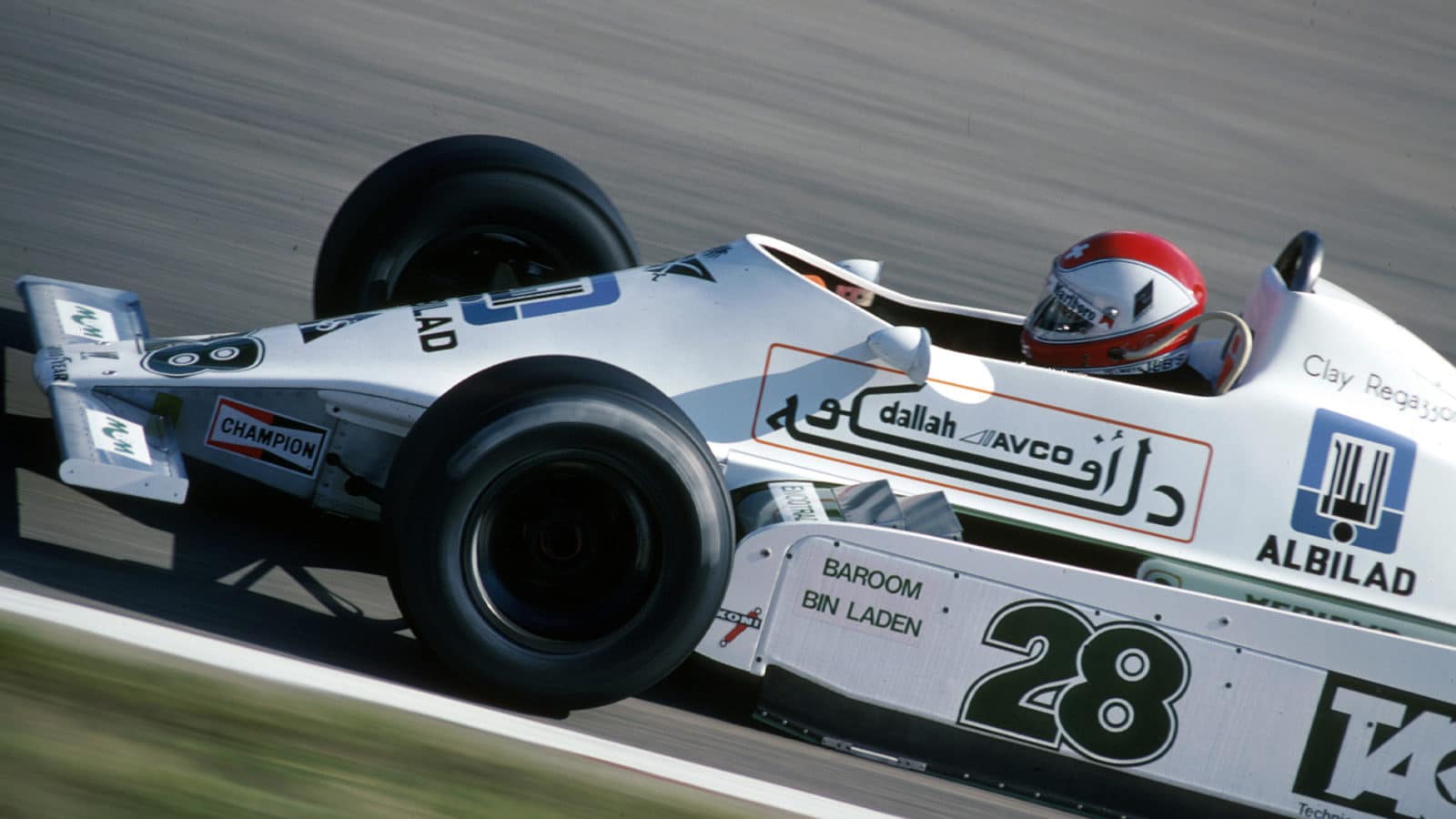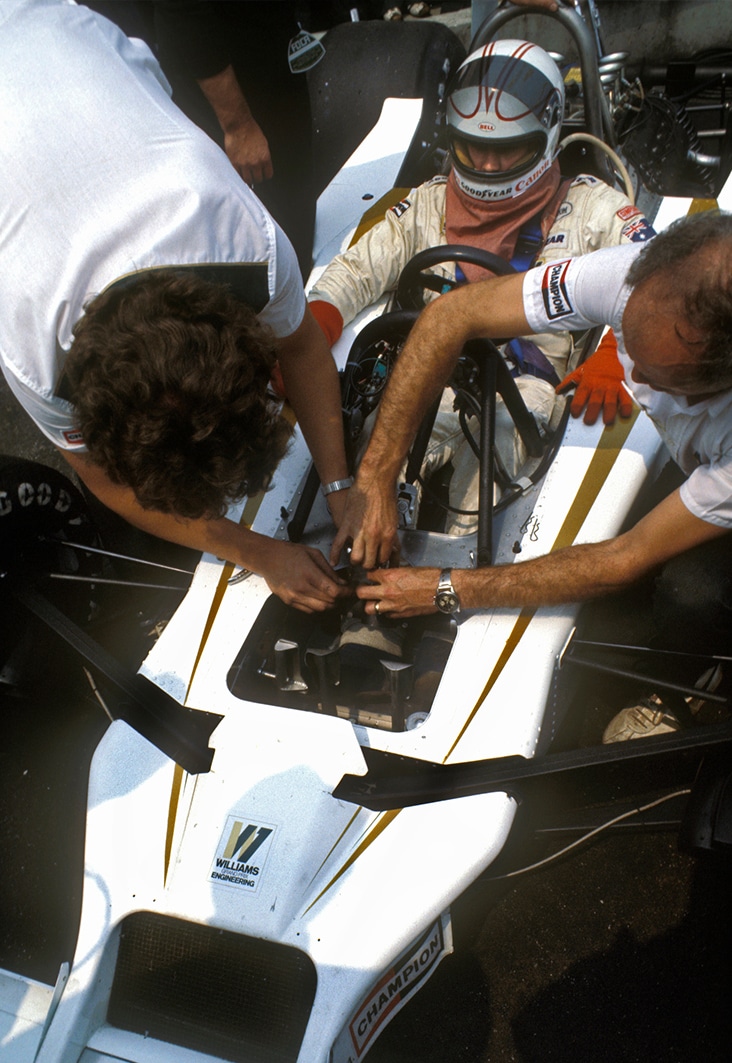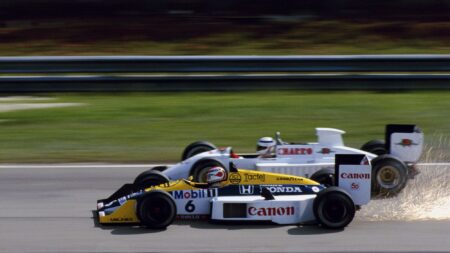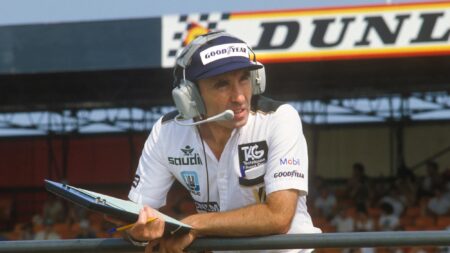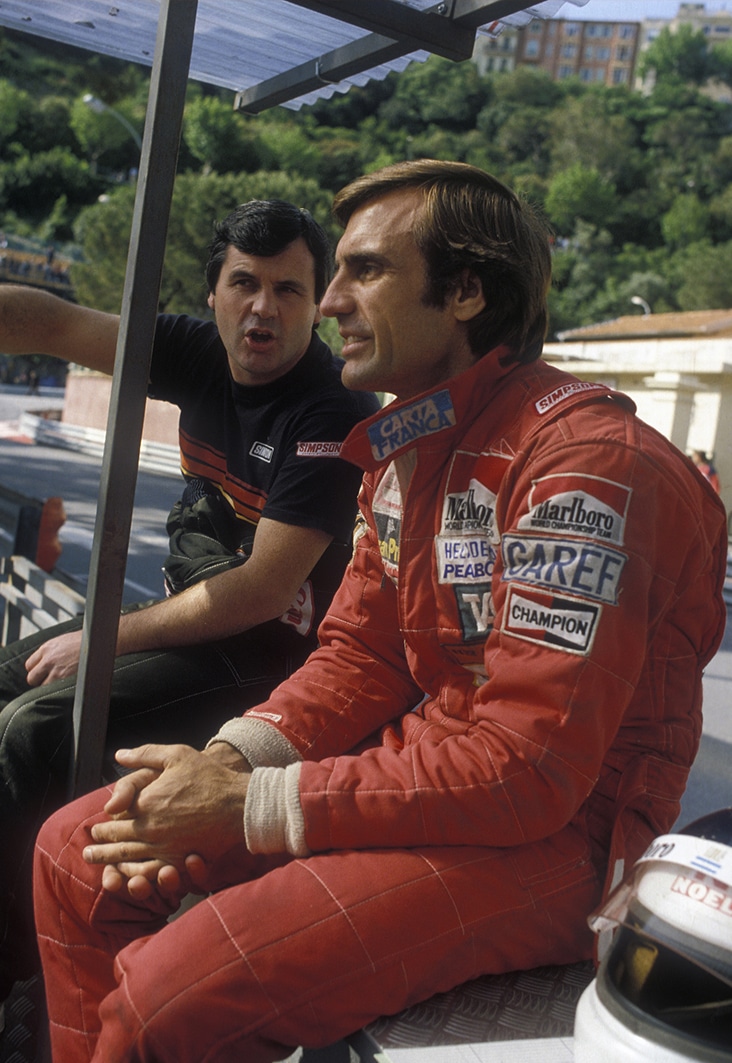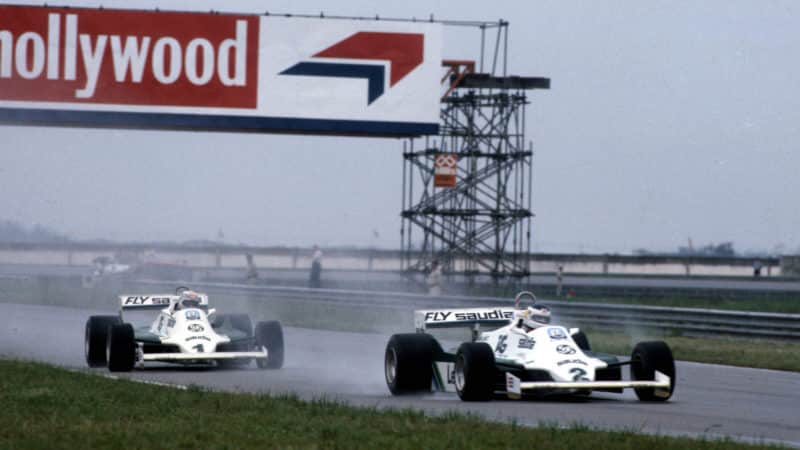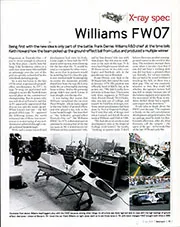At that point Williams Grand Prix Engineering had precisely 11 employees, two of whom were named Ross Brawn and Neil Oatley. “When we went racing in 1978,” Head said, “if you turned up at the factory door, there’d be a secretary and a floor cleaner and one machinist. Everyone else was out at a circuit somewhere…
“When you look back now, it’s easy to forget how primitive everything was in those days. Back in ’78, for example, we never even saw a wind tunnel, so you were developing aerodynamic things by strapping things to the top of your Minivan, and so on!”
As my colleagues and I talked over that day in Didcot, though, we were all of a mind that maybe this time Williams had something serious going. The new car may not have been radical, but something about it commanded your attention – as also did the team’s new sponsors.
“By the end of ’78, we had 18 people, and by the beginning of ’79 it was up to 32!”
At FW06’s first race, in Buenos Aires, Jones qualified 14th; at its second, in Rio, he lined up eighth; at its third – Kyalami – he finished fourth, and next time out, at Long Beach, he had a serious shot at winning. Gilles Villeneuve’s Ferrari disappeared in the lead, but Alan gave Carlos Reutemann’s sister car all it could handle, even when the Williams’s front wings began to collapse. Eventually fluctuating fuel pressure slowed him, but after Villeneuve had tangled with a backmarker Reutemann went on to win, and Jones was confident that, without his problems, he could have beaten him.
There was no doubt that Williams was now to be taken seriously. Through that season, unfortunately, reliability was no match for pace and only rarely did Jones make the finish, but at Watkins Glen FW06 ran impeccably, and there he was second to Reutemann.
The 1978 season was dominated by the Lotus 79, which pioneered ‘ground effect’, a path down which other teams were obliged to follow and Head’s next car, FW07, proved to be a classic. “We were really growing,” Patrick smiled. “By the end of ’78, we had 18 people, and by the beginning of ’79 it was up to 32! Of course, now we were talking about a two-car team…”
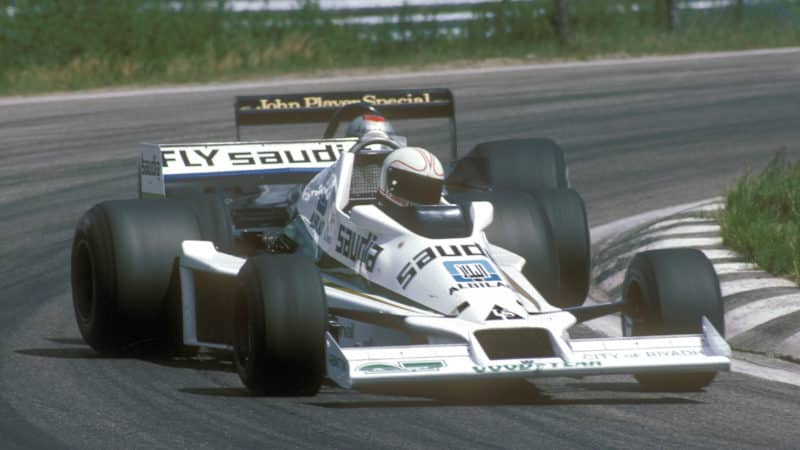
Jones leads at Anderstorp in ’78
Grand Prix Photo
Clay Regazzoni was brought in to partner Jones, and had what proved to be very much an Indian Summer. Although Alan remained the team’s natural pacesetter it was Clay who scored the first Grand Prix victory for Williams, which fittingly came at Silverstone. Then came an informal press conference where he shook his boss’s hand. “Bravo, Frank,” he said quietly and it was an emotional moment. Frank could hardly speak.
After that the dam burst. Jones, whose season had been plagued by unreliability, went on a tear, winning the next three races, and for the balance of the year FW07 was emphatically the car to beat. In Montreal Alan had opposition only from Villeneuve, finally winning by a second after one of the greatest race-long battles in F1 history.
“I was very proud of Alan that day,” said Frank when I went one Sunday to his house for a post-season chat. “There’s no doubt our car had the edge on the Ferrari, but the only driver I fear is that little French-Canadian, and any time you beat him is something to remember…”
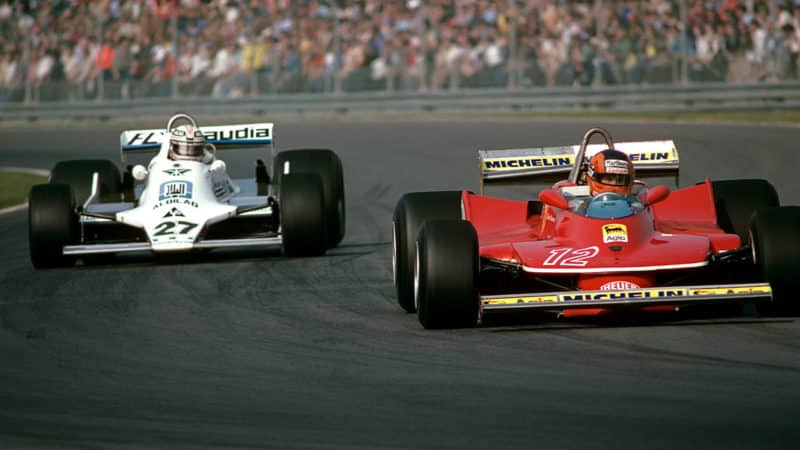
Jones vs Villeneuve… all race
Bernard Cahier/Getty Images
Looking back on our conversation that day, what strikes me now is how willing Williams was to say exactly what he thought. Over time, as the corporate tentacles of PR increasingly enveloped F1, Frank would become much more guarded in his observations, but back then the world was a freer place, the consequences of speaking your mind less to be feared.
“I try to be as straightforward and honest with the press as possible,” he said. “If you keep saying ‘no comment’, they’ll eventually assume you consider them of no importance, and will react accordingly…” Well, he had that right.
Much else, too. After years of unrewarding toil, Frank’s professional life had been transformed, and in a remarkably short time. Williams hadn’t won the constructors’ championship in 1979, being beaten by Ferrari, but the team had taken five victories, and Jones was confidently touted as the likely champion in 1980. Frank seemed a little overwhelmed by how well it had all come together.
